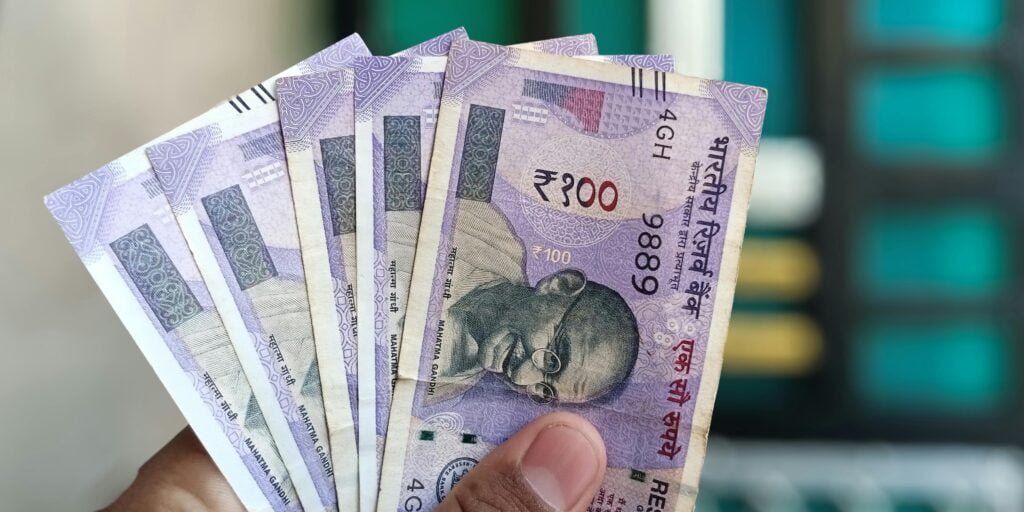Understanding India's Leather Industry
The leather industry in India is an important part of the Indian economy. It contributes significantly to its gross domestic product (GDP) and employment generation. India is one of the largest producers of leather goods globally. India’s leather sector has different types of products which are being made, including footwear, bags, garments, and accessories. This wide variety of products of the leather industry show that it can very well serve both domestic and international markets.
India has a very long history of preparing items from leather. This act has been in practice for many years now. The country, of course, has established itself as one of the prominent major players in the global leather market. It is because of skilled artisans and readily available raw materials. The production of leather is concentrated in a few specific regions, particularly Tamil Nadu, Uttar Pradesh, and West Bengal, where large numbers of tanneries and manufacturing units operate. These hubs also provide for both domestic and export markets, and leather products are amongst the leading export categories for India.
India’s leather industry has been able to adapt itself to time and expand. It is because it thinks about new ideas and ways of doing things that people want. Despite the strength of India’s leather industry, it has problems that might affect its future. One of such issues is climatic change. Such environmental changes affect not only the sustainability of raw material supply but also the livelihoods of many families dependent on this industry. In order to understand the problems that climate change will cause for India’s leather industry, we need to know the basics of this industry. But before that, let us discuss about climate change.
Climate Change: An Overview
Climate change refers to significant changes in weather and global temperatures over time. While climate change is a natural process, human activities, such as burning fossil fuels, deforestation, and industrial processes, are accelerating it as well as giving unprecedented environmental challenges. The rise in greenhouse gas emissions is one of the factors majorly causing climate change, thus warming the surrounding environment and disrupting ecosystems and human livelihoods.
The most visible impact of climate change is global warming, the phenomenon of increased earth temperatures. Statistics indicate that general temperatures have risen drastically over the past century, and the past decade has been proved to be the warmest ever. So, because of this, we see that the frequency and severity of extreme weather events, including hurricanes, droughts, and floods have increased. This can cause devastating losses for sectors – agriculture and industry, among others.
Changes in precipitation patterns further add to the problems since in some areas it may be too much rainfall for which they are not prepared, while in other areas dry spells can last for such a long period of time that this is a factor influencing water availability. Now, this is a problem for problem for industries that rely on steady weather. For example, the leather industry in India is highly dependent on natural resources, mainly water and livestock, and will face increasing risks from these unpredictable climate patterns.
Also, extreme weather conditions are a huge threat to production and supply chains. The increase in sea levels, damaging coastal areas, and harming animals and plants is a bigger issue than what we first thought it was. Understanding the global implications of climate change, in a country like India whose economy is deeply connected with environmental conditions, is the need of the hour. The leather industry uses old-fashioned ways of doing things and is easily affected by changes in the environment. This shows how important it is to find new ways of doing things to deal with the problems caused by climate change. The leather industry does things the old way, thus making it susceptible to changes in terms of climatic conditions. This calls for new ways of doing things in handling the issues brought about by climate change.

Direct Effects of Climate Change on Leather Production
The India leather industry faces direct impacts from the changing climatic conditions. One of the most rapidly growing issues is the availability of raw materials, such as livestock and raw hides. Increased climatic changes have led to more frequent and harsher droughts, which seriously decrease the supply of water to significantly affect livestock farming. Water is not only crucial for the survival of animals but also for maintaining good quality hides.
Also, changing climatic patterns leads to more diseases in the animals. Changes in temperature and rainfall create an ideal climate for the vectors of disease, posing serious health risks to animals. In this respect, the quality of hides gets affected, because sick or malnourished animals yield lesser-quality leather. For overcoming such issues, changed animal husbandry practices must be put in place. This would demand changes in the breeding patterns of animals and their feed because of the shift in climate.
Apart from the problems that livestock production experiences because of the weather, climate changes make it even harder for leather processing. Tanneries require stable temperatures and consistent water quality to make hides turn out right. Changes can affect the chemical processes needed to tan leather. The output would be of poor quality, or else increased production costs. There’s also an unreliable supply of water to the tanneries, which would require investment into alternative sourcing of water, thus, further straining resources. The combined direct effects on raw material supply and processing capacities form a very big challenge to the sustainability and profitability of India’s leather industry.

Adapting to the Challenges: Strategies for the Future
The leather industry in India is facing more and more the effects of climate change, which presents both challenges as well as opportunities for adaptation. For the industry to face these challenges effectively, it needs to adopt innovative practices and sustainable sourcing of materials. Alternative raw materials produced using fewer resources, with lower carbon footprints, can ensure the necessary changes are made. For example, the consumption of plant-based materials will allow for sustainability while at the same time fulfilling consumer demands for green products.
Technology development is also necessary to make processes within the leather industry better. Eco-friendly tanning techniques and water- conscious procedures can make the whole production line friendly to the environment. Several technologies can be used in reducing water intake or reducing waste in the manufacturing process. It is possible through closed-loop systems. Also, investments in research and development will give insight about the new technology, improving efficiency and reducing emissions on the entire production cycle.
Policy recommendations will be decisive for the future of the leather sector in India. All government agencies, industry players, and NGOs must direct their efforts to create framework that help implement sustainable practices in the relevant sectors. Regulations to promote clean technologies could have enormous influence on making companies operate in a greener manner. Also, when we make the programs to indicate that the leather products have been produced with suitability to the nature, environmentally conscious people will buy them more. This will increase the demand for the leather products.
Also, through increased education and training programs that focus on sustainability and climate resilience, there is a likelihood of improvement in industry stakeholders. Building such a culture of sustainability can help the professionals in the leather industry get a better sense of the consequences of climate change and strategize ways to counter it. Thus, in summary, with innovative practices, technological support, policymaker support, and collective action, India can make its leather industry resilient to climate change. By adapting to these changes, the sector can build a sustainable future while meeting the demands of eco-aware consumers.
Do share your thoughts by commenting below.






